Add water mist fire suppression
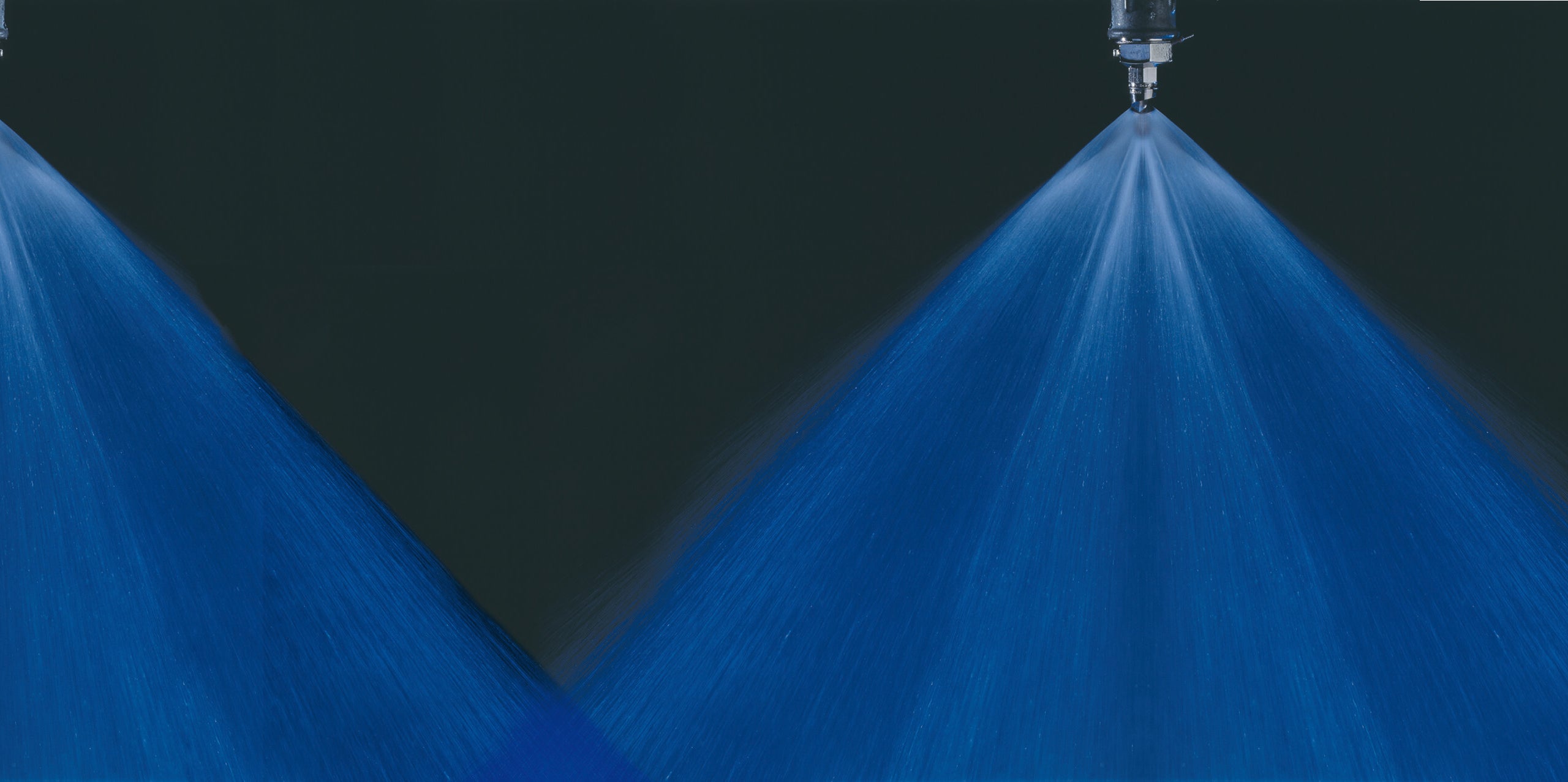
Minifog Water Mist System
Many applications for fire protection are effectively addressed with water mist rather than a deluge system using greater volumes of water. Specially designed MINIFOG nozzles create a very fine water droplet size (.15mm) resulting in a dramatic increase of water surface. This allows the advantage of a greater and more efficient absorption of heat.
Most of the small water droplets evaporate in the fire and expand their volume of 1,600 times when turned to steam. This causes a suffocating effect on the fire in addition to the cooling effect of the heat absorption. The result is rapid suppression that minimizes both fire and water damage.
The size of the MINIFOG water droplets are ideal for suppression of fires where oils and other flammable liquids are present. The droplets are large enough to penetrate a fire plume, but small enough to not break the surface tension of an oil pool.
The water mist fire suppression system can be activated upon detection by a flame or heat detector, electrical push button or by manual release.

The design and flexibility of the water mist fire suppression system makes it an ideal protection system for the following applications:
- Industrial Presses
- Electrical transformers
- Deep Fat Fryers
- Machine Tool Centers
- Exhaust Hoods
- Cable Wire Trays
- Power Turbines
- Paint Shops
- Dryers and Industrial Ovens
- Wood Panel and Composite Board Manufacturing
PROTECTION OF INDUSTRIAL BOARD PRESSES
Fires are a common and costly problem in the board industry. The costs associated with fire damage and downtime of a continuous or multi-opening press can be crippling. In an average size composite board facility, the estimated production loss due to a press fire may run in to the hundreds of thousands of dollars per shift.
Fires can originate from a variety of sources in the production of wood board products. Facilities involved in the production of Oriented Strand Board (OSB), Medium Density Fiberboard (MDF), Particleboard and other similar products are all subject to the fire risks inherent in the manufacturing processes they employ. Processes involving the size reduction and drying of wood fibers and chips in the fiber preparation stage are often conducive to the generation of sparks and fire. In the pressing process, a fire can result when common combustible materials such as wood fibers, adhesives, and hydraulic, lubrication or thermal transfer oils deposit on the hot surface of the press during operation.
Other ignition sources include metallic friction from moving parts, oil leaks and material blockage. Left unchecked, the fire could spread throughout the press and surrounding areas resulting in significant damage to the press and in extreme cases, loss of an entire production line.
TRADITIONAL SUPPRESSION METHODS HARMFUL
Fires in board presses present an unusually difficult challenge in regards to fire protection. Traditional methods of suppression have often been inefficient, costly, and cause damage to the press itself. A typical sprinkler system for example could not be effectively used in this application. Because a sprinkler requires a significant heat build-up to release, it would be too slow to react to a growing press fire before serious damage had already occurred. In addition, when a sprinkler system releases, it flows a tremendous amount of water that is only shut off manually when it is determined that the fire has been suppressed. Such a flow of water on an industrial press would cause thermal damage to the press, which could be as damaging and as costly as the fire itself.
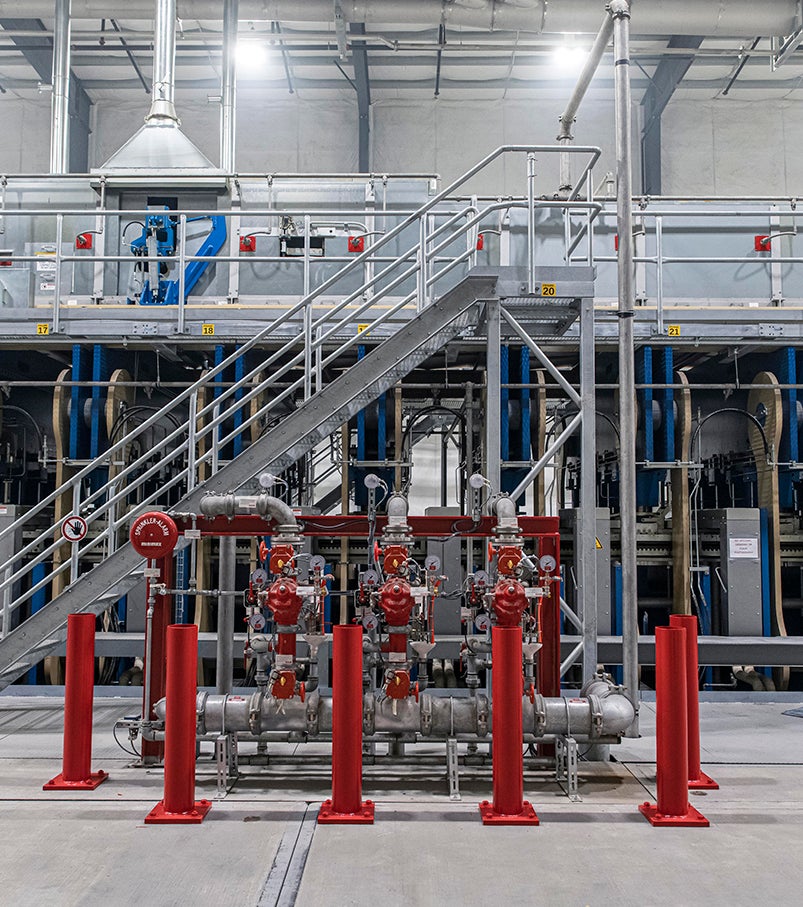
SUPERIOR ENGINEERING & DESIGN
The engineers at MINIMAX GmbH understood these challenges well when they developed a unique system to address the hazards posed by this special application. This system was to become what is known today as the MINIFOG System. The MINIFOG system utilizes specially designed nozzles, which emit a pattern of very small water droplets (.15mm). The advantage of the small droplet size is that when the water spray pattern meets the heat of the fire, the small droplets turn to steam. This resulting steam causes a cooling effect and a suffocating effect on the fire so that it is quenched without causing thermal damage to the press. Furthermore, the relatively low water requirements of system allow it to be used effectively in facilities without high demands on water pressure and volume. Strategically placed infrared flame detectors achieve rapid detection of a fire in its initial stage.
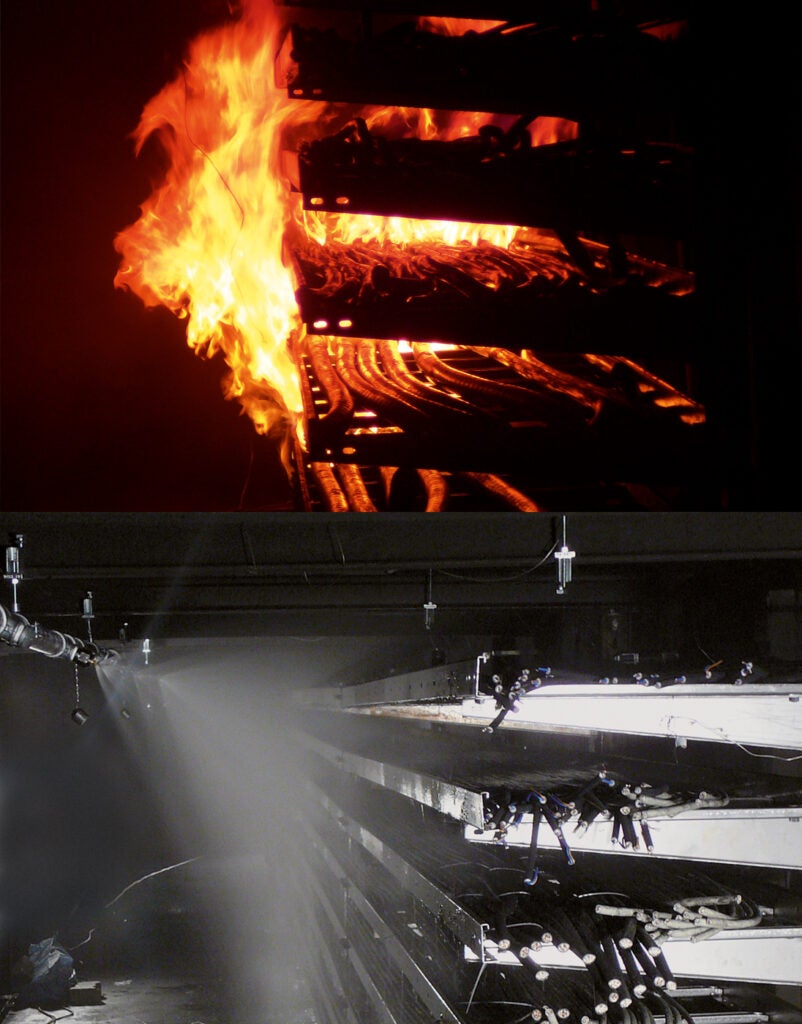
TARGETED SUPPRESSION
Each water mist fire suppression system is typically designed so that the object that it protects is segregated into various protection areas or zones. A continuous composite board press; for example, would typically be designed to have five (5) independent zones of detection and suppression: the press inlet, the press center, the press outlet, the upper heat tunnel and the lower heat tunnel. This way, the fire can be pinpointed to a specific area of the press and suppression would only be activated in that respective area.
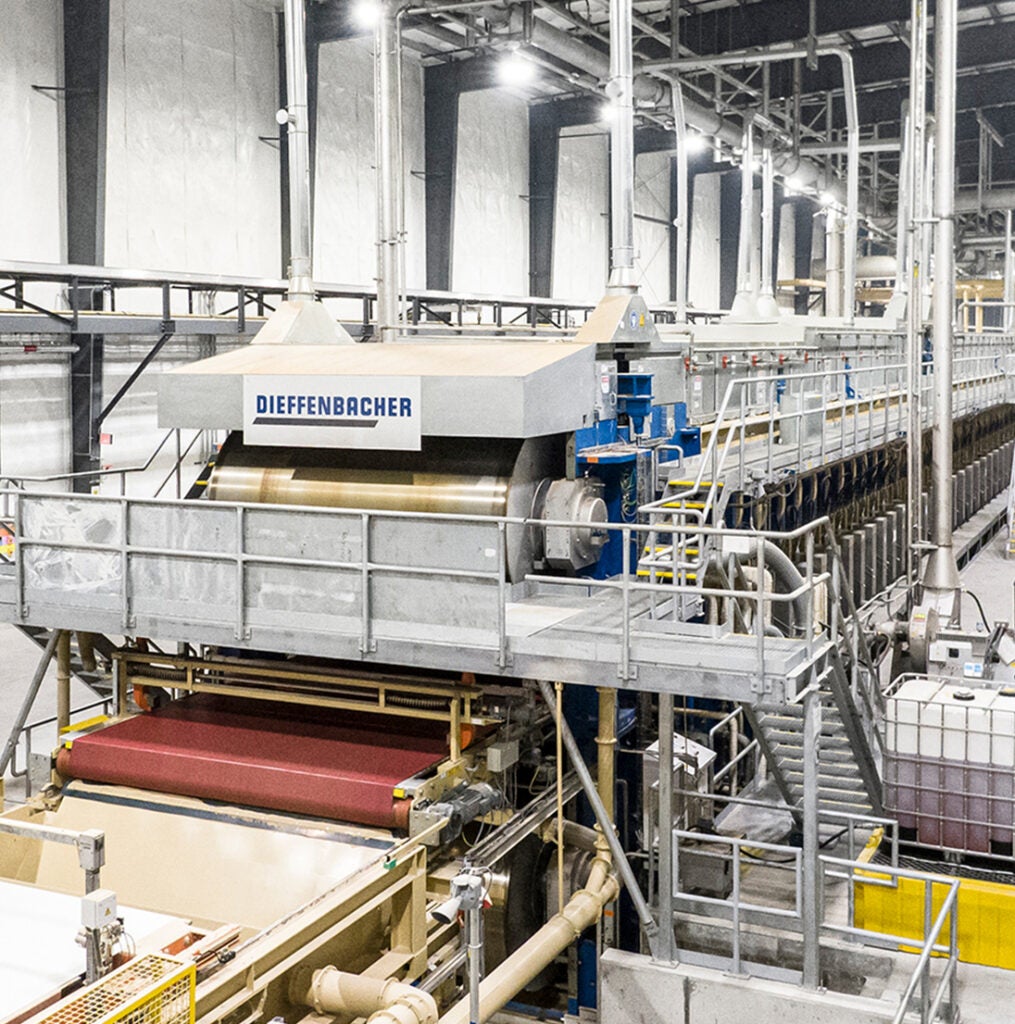
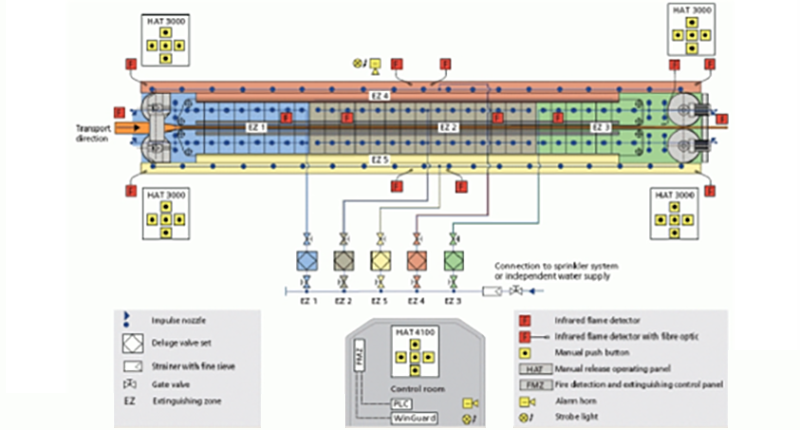
PRESS PIT PROTECTION
In multi-opening presses, the press pit is another area that is particularly hazardous because it is where the main hydraulic cylinders and associate equipment are located and also where excess thermal transfer and hydraulic oils collect which drip down from the press above. Pure water would not be an acceptable extinguishing agent for an oil fire, so a special foam system can be supplied to ensure that a 3% AFFF foam concentration will be continuously maintained during suppression.
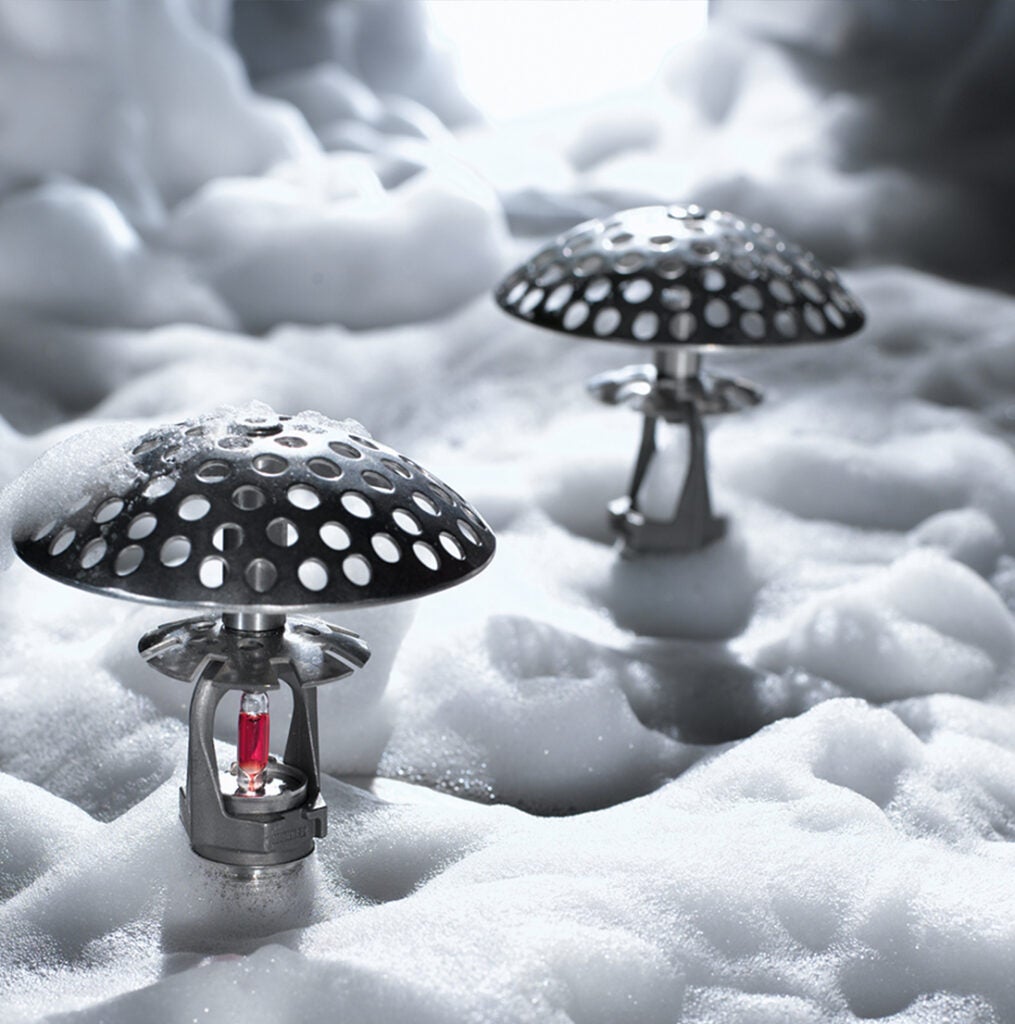
Activation of the system can be achieved by different methods:
- Automatically upon detection of a flame
- Electrically by an operator from a push button release near the press
- From a release panel located in a control room
- Manually from a valve station in the event of a power outage
Since the first water mist fire suppression system of this type was installed in 1996, water spray systems for press protection have gained widespread popularity because of their proven reliability and cost effectiveness. Photo-PIC 0002 Today the MINIFOG system is installed in over 300 industrial board manufacturing facilities in 32 different countries. The rapidness of the system’s acceptance in the composite board industry is a testament to the tremendous economic advantage that it can provide. The industrial loss control community also has come to recognize the protection benefits of the system as well. In fact, FM Global published a report specifically on the MINIFOG system in 2002, which documents their acceptance of the protection concept. Later, in July 2009, FM issued an Approval of the MINIFOG system for the protection of continuous board presses. The National Fire Protection Association has also recognized the benefits of press protection by a water mist system and includes a discussion of their use in NFPA Standard 664 (2020 edition) A.9.3.10.1.1.
EXAMPLE OF COOLING EFFECT ON MULTI-DAYLIGHT VERTICAL PRESS
COOLING & SUFFOCATING EFFECT OF MINIFOG SUPPRESSION
MINIFOG PRESSPROTECT SUCCESSFUL TEST ON DAYLIGHT PRESS
MINIFOG PRESSPROTECT SUCCESSFUL EXTINGUISHING ON DAYLIGHT PRESS
WHAT WE DO
SPARK DETECTION & SUPPRESSION SYSTEM
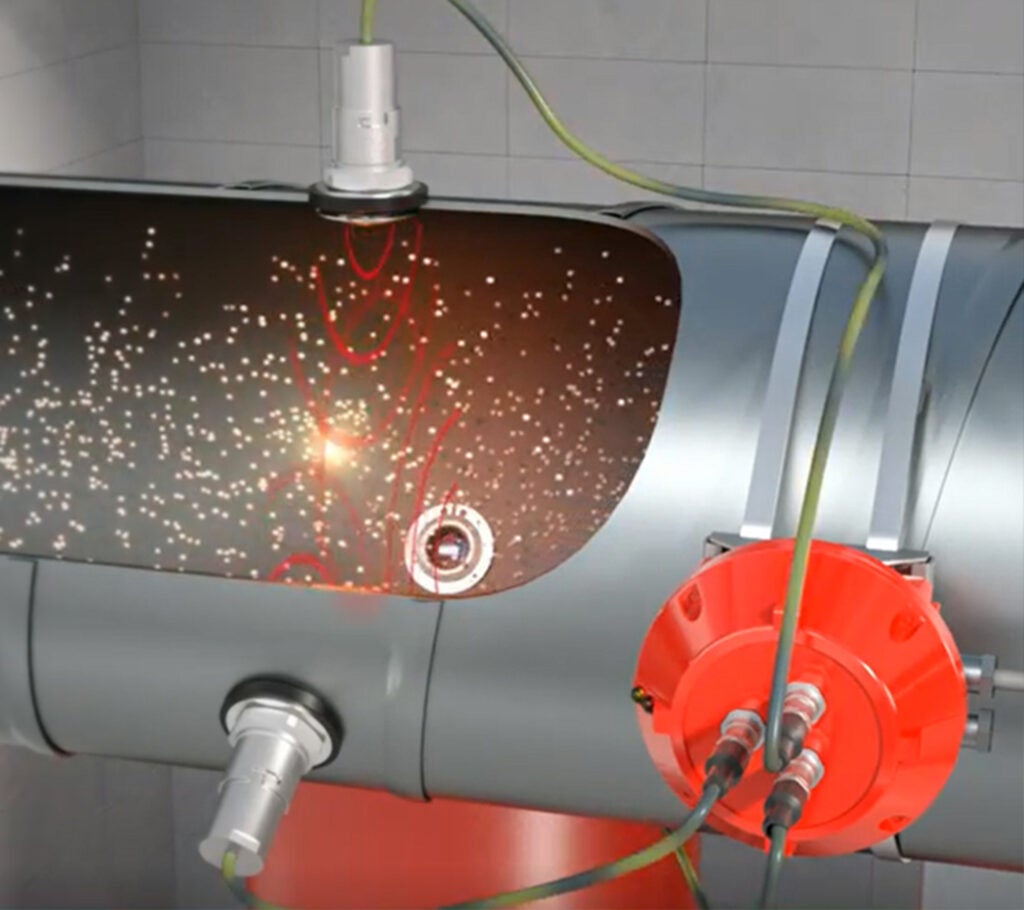
MINIFOG WATER MIST SYSTEM
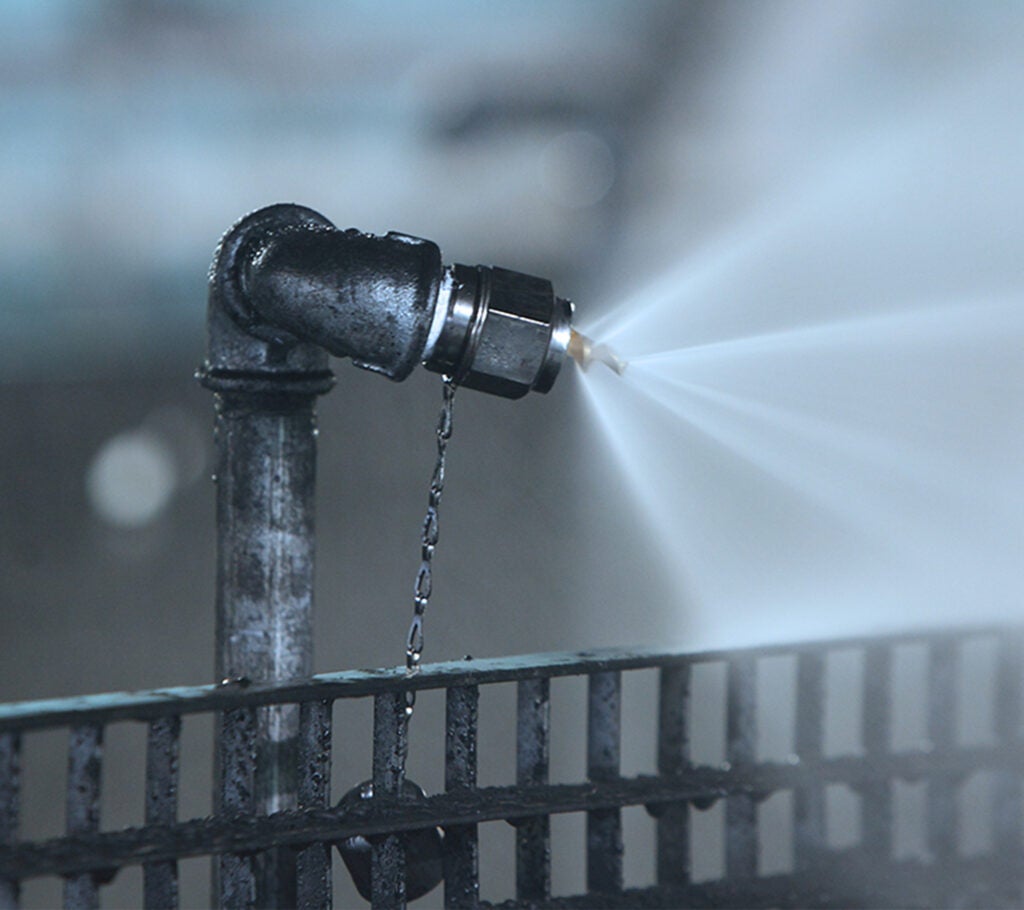
COMPONENTS
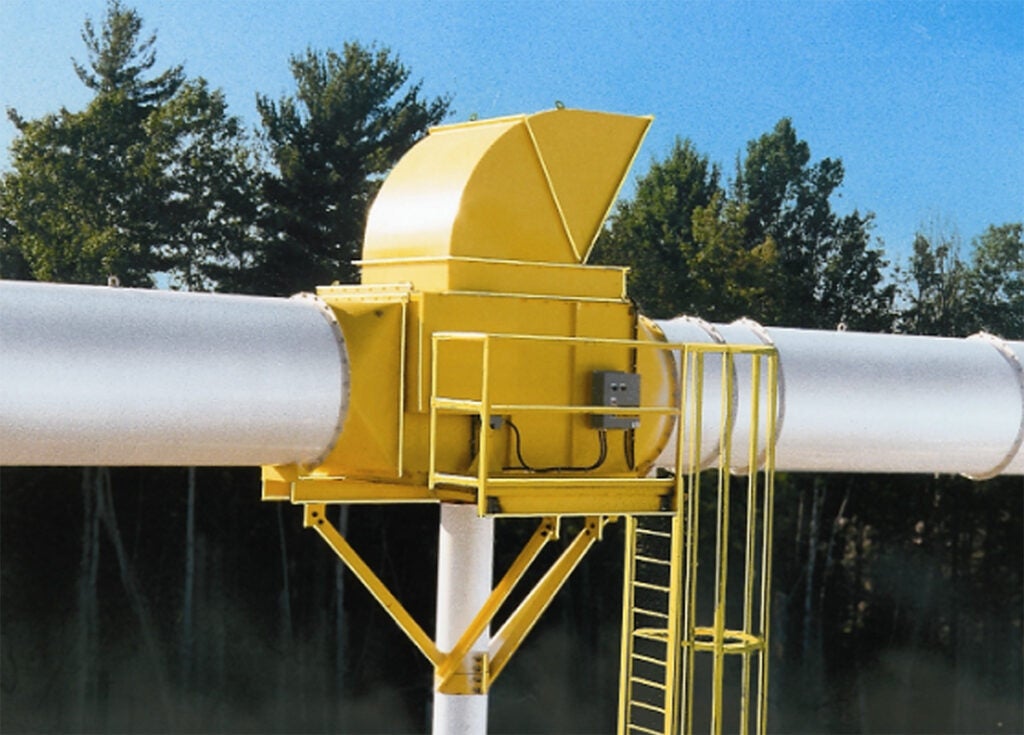
MXONE
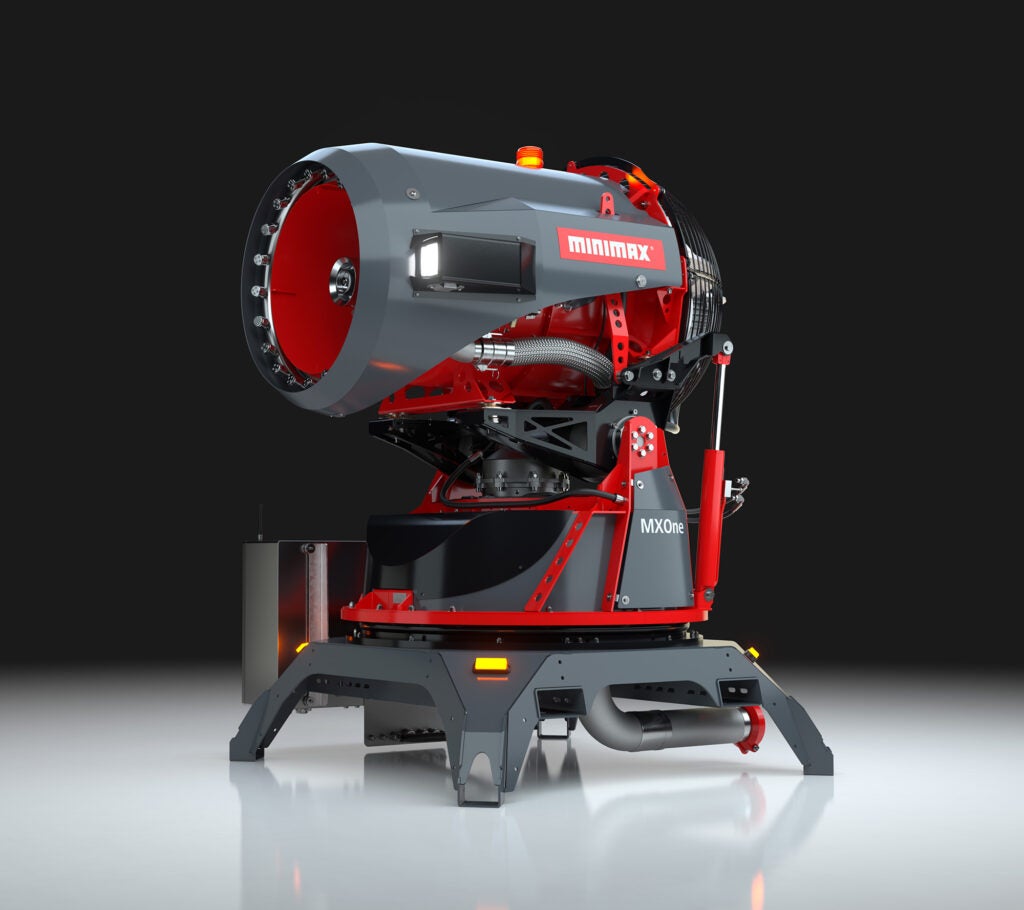

HOW CAN WE HELP
Contact our support team for project inquiries, technical questions and service.




